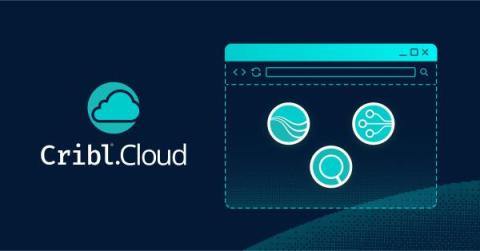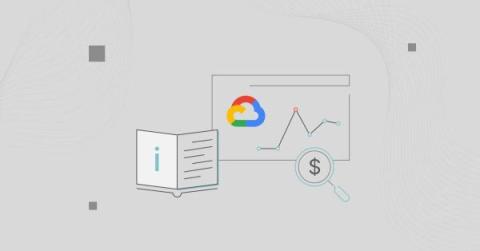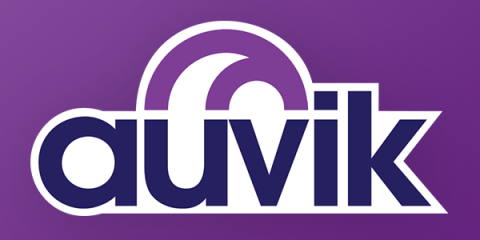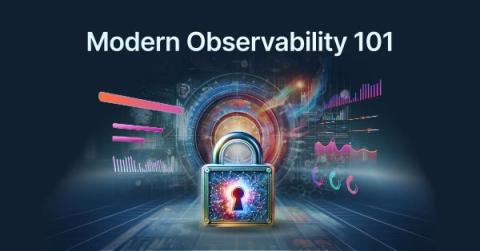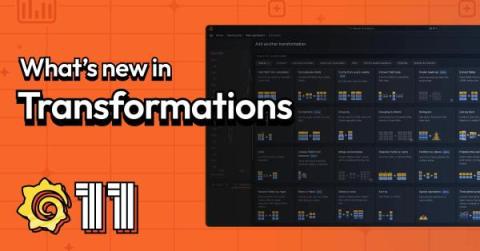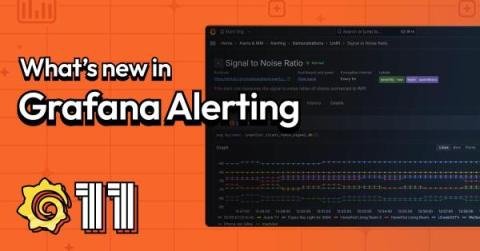GitKraken Acquires CodeSee & Launches New, Ubiquitous DevEx Platform
TL;DR: GitKraken acquires CodeSee and launches the unified GitKraken DevEx Platform, enhancing workflows across all major development environments and setting new standards in developer tools. Dive in to discover our powerful new features and how they contribute to simplifying your coding life. Almost a decade ago, we introduced GitKraken Client with a clear mission: make Git simpler for developers.



